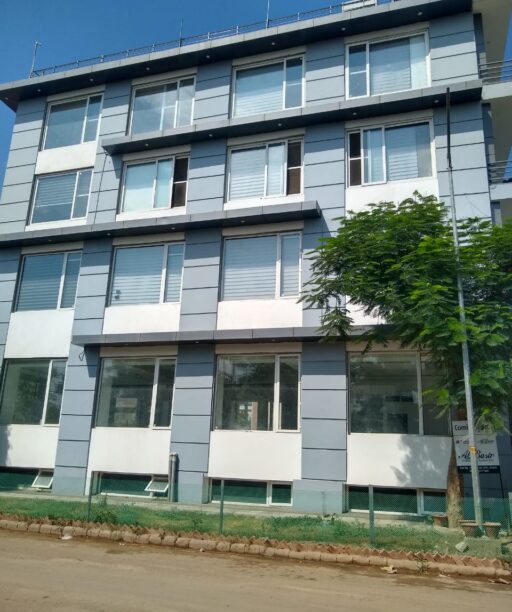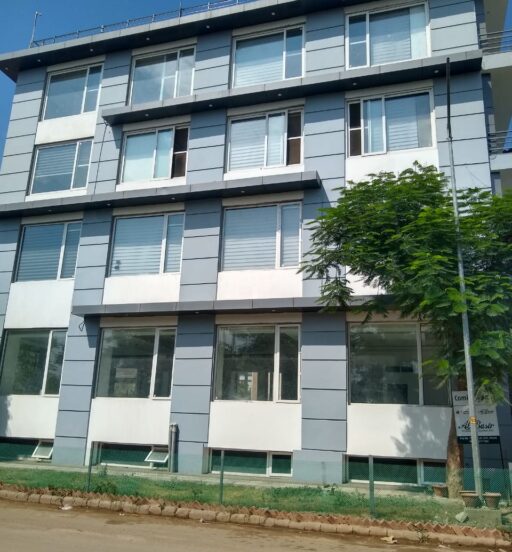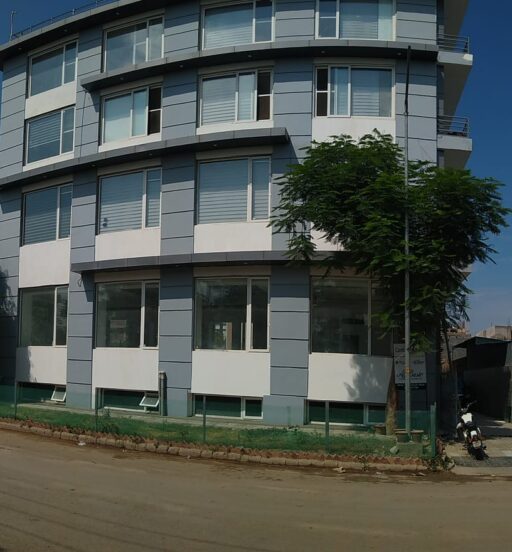Kashmir : The Heart of The Himalayas
“Gar firdaus, bar ruhe zamin ast, hamin asto, hamin asto, hamin ast.”
If there is paradise on this earth, it is here, it is here, it is here…” Spoken in awe by the great poet Amir Khusrau, the stunning Kashmir valley continues to evoke this very sentiment even today in the heart of many a traveller.
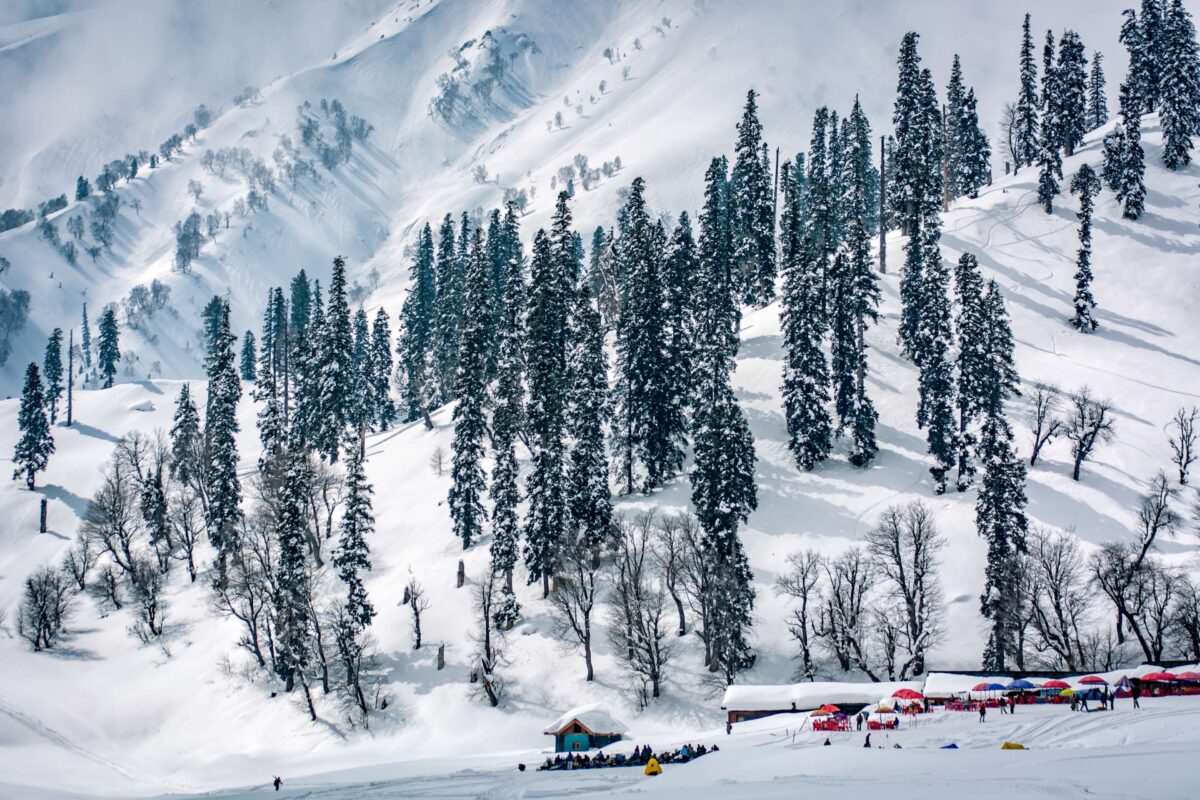
Kashmir is often called “Paradise on Earth” due to its breathtaking pristine. The region is blessed with lush green valleys, snow-capped mountains, beautiful lakes, & picturesque landscapes that evoke a sense of paradise, making it a popular epithet for Kashmir.

The most picturesque valley of India, Kashmir is the heaven on earth that all of us need to visit at least once in a lifetime! The Kashmir Blog gives you an insight to all the rightful knowledge you need to know before planning a trip to Kashmir, one of the most beautiful places in the world! The timeless beauty of Kashmir, the photogenic highland mountains, the scenic drives through green meadows, and the serene lakes of Kashmir, discover all those and lots more through this Kashmir travel blog. Plan an unforgettable trip to Kashmir, the paradise that you need to explore. The Kashmir tour blog will give you an insight into all the hidden gems of Kashmir, the tourist places and the culture. Unravel the culture, relish the authentic food, sip on the Kahwa chai and interact with locals in the valley for a quintessential getaway from the urban chaos. Let this be the portal to relax and unwind while sipping on piping cup of Kahwa chai and admiring the breathtaking views of the valley of Jammu & Kashmir. Live these experiences and make them come true by scrolling down the Kashmir tour blog, Kashmir would certainly not disappoint you and leave you mesmerized with its scenic beauty and warm hospitality.
The name Kashmir means desiccated land “Ka” means water “shimeera” means desiccated from its formation. Kashmir is the northern most geographical region of the Indian subcontinent. Kashmir’s blissful aura can never be expressed in words, Snowy glaciers, pristine lakes, picturesque mountains, dense forests, green meadow, gushing rivers everything about Kashmir is supremely beautiful. The beauty of Kashmir has stood most uncertain times. Kashmir is abound with rich flora, especially large Chinar trees throughout the valley; a tree not very commonly found everywhere. It is a magnificent vibrant tree whose leaves change colour to red, yellow and amber during autumn season. This tree predominantly grows in Kashmir. The tree not only is a rare sight but is a form of majestic beauty and is one of the tourist attractions in Kashmir. Its botanical name is platanus orientalis and is called “Booyn” in kashmiri language. The chinar is a pride of Kashmir.Go a little further in mountains and you will find dense green forests lined with pine deodar and fir trees. The lush green and flowery meadows are sure to take your heart away too.
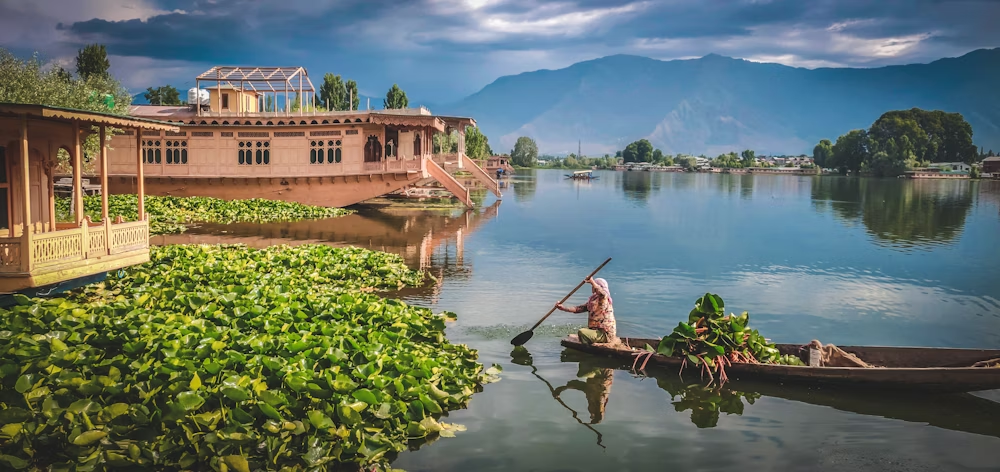
The Dal Lake, is also surrounded by a variety of deciduous trees that promises a colorful show in their fall season. There is nothing quiet and calming as setting by a lake or river bank and just getting lost in nature’s bounty. A shikara ride on Dal Lake in Srinagar is a complete experience in itself. Nothing feels more soothing than letting your fingers glid through the chilled water of Dal Lake in winters. Soak your memories in a warm cup of kehwa tea, feel your heart synchronize with the glaciers above. Dust the snow of your shoulders after a long trek up a hill and watch the sun kissed snow craped mountains. The wullar is yet another famous lake near Bandipora which is considered as Asia’s largest fresh water lake. Gadsar Lake in sonamarg, a hidden gem that can only be reached through a trek. Every lake and place offers an altogether different view and experience. The lush valleys of Kashmir have their own charm. Aru valley and Betab valley in Pahalgam, Baltal in sonamarg, these lush valleys are surrounded by mountains and bound with lakes waterfall and numerous tree and meadows.

The Gulmarg, a popular skiing destination remains covered with snow throughout the year has the world’s second highest operating cable car ride at height of 4390 ft. Gulmarg and Pahalgam are also home to adventurous sports like white water rafting in summers and skiing in winters which creates adrenaline rush and thrill in venture seekers. Sonamarg the land of Gold Surrounded by Majestic glaciers and serene lakes caste subtle spells on the visitors. Jammu and Kashmir is not just a tourist destination but also pilgrimage to thousands of devotees belonging to all major Indian regions. The onset of summer brings Amarnathji Yatris to Amaranth cave at an altitude of 3888m about 141 km from Srinagar. At the bank of Dal Lake is Hazratbal Shrine which is one of the most important pilgrim places for Muslims in the valley. The charming nature when combines with the architectural wonders of the Mughal gardens add to the beauty of Srinagar city. Although Kashmir is famous for scenic attraction but it is the people of Kashmir that makes it real heaven on earth. They welcome the tourists with open arms and great hospitality. The beauty of the valley cannot be described in words. It has to be seen to be cherished in the real sense of the word. It appears as if Mother Nature has blessed this valley with all her bounty and grandeur.
The culture of Kashmir is a blend of multiple customs and traditions. The valley enjoys the diversity in religion and that’s why Kashmir is famous for its culture heritage all over the world. It amalgamates Hindus, Sikhs, Muslims and Buddhists who make Kashmir more beautiful in its diversity. Also wazwan, Asian and Persian culture, music, cuisine, carpet weaving and Sufism forms a significant part of Kashmir’s identity. Kashmiri culture is mainly followed by people living in the valley and Srinagar is undoubtedly one of the tourist hotspots in Kashmir as well as in India.
Wazwan(Kashmiri: وازِوان) is a multi-course meal in Kashmiri cuisine, the preparation of which is considered an art and a point of pride in Kashmiri culture and identity. Almost all the dishes are meat-based using lamb or chicken with few vegetarian dishes. It is popular throughout the Kashmir. Moreover, Wazwan is also served internationally at Kashmiri food festivals and reunions.
Wazwan The Royal Feast
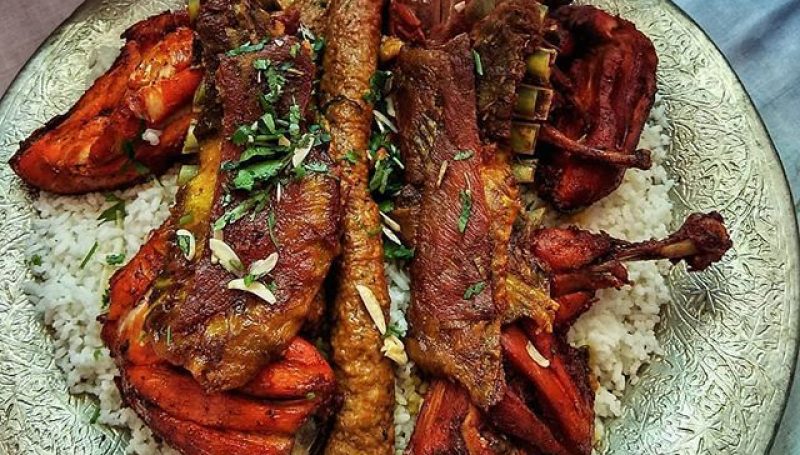
Kashmir is Famous all over the world not only just because of its beauty but also because of its food called Wazwan the Kashmiri language, waz means ‘cook’ or ‘cooking’ and wan means ‘shop’. The ultimate formal banquet in Kashmir is the royal wazwan. Of its thirty-six courses, between fifteen and thirty can be preparations of meat, cooked overnight under the supervision of a master chef called a vaste waze. Guests are seated in groups of four and share the meal out of a large copper platter called the traem. For Kashmiri Muslims, the meal begins with invoking the name of Allah, for Kashmiri Hindus the name of Lord Shiva and a ritual washing of hands in a basin called the Tash-t-naer, which is taken around by attendants. Then the traem arrive, heaped with rice, quartered by two seekh kababs and contains four pieces of methi korma (chicken or mutton flavored with a spice mixture containing dried fenugreek (methi) leaves), two tabak maaz (twice-cooked lamb ribs, initially braised with ground spices and milk, then browned in butter), one safed kokur (chicken with white sauce), one zafran kokur(chicken with saffron sauce), and the first few courses. Yogurt and chutney are served separately in small earthen pots. Up to about 20 items are served thereafter by waza (the junior cook). Seven dishes are a must for these occasions — tabakh maaz, rista (meatballs in a red, paprika-saffron-fennel spice gravy colored with dyer’s alkanet), rogan josh, daniwal korma (lamb roasted with yoghurt, spices and onion puree, topped with coriander leaves), aab gosh (lamb chunks cooked with a fennel-based spice mixture, cardamom and partially evaporated milk), marchhwangan korma (chicken legs/thighs cooked in a spicy browned-onion sauce) and gushtaba (meatballs cooked in a spicy yoghurt gravy).The main course usually ends with gushtaba. The Gushtaba is a large meatball which signals the end of the main course. After that, desserts are served. In winters, the dessert can be a hot sweet dish and in summers, it is usually something cold.
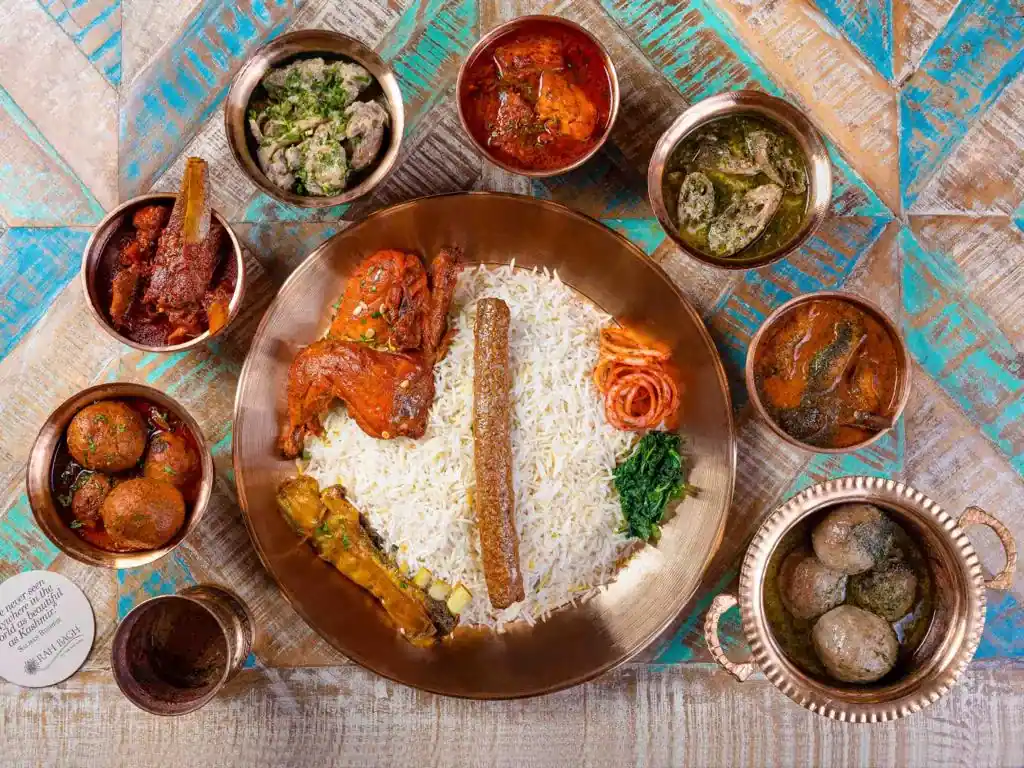












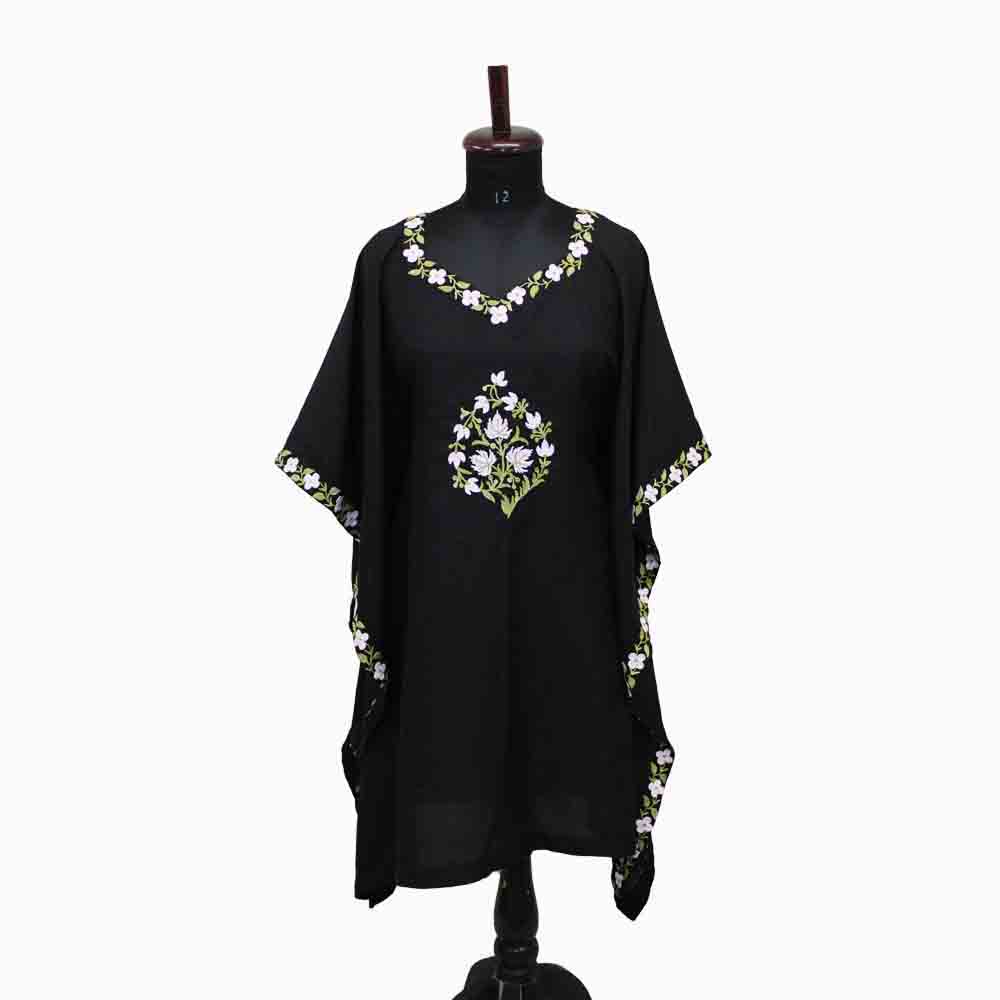

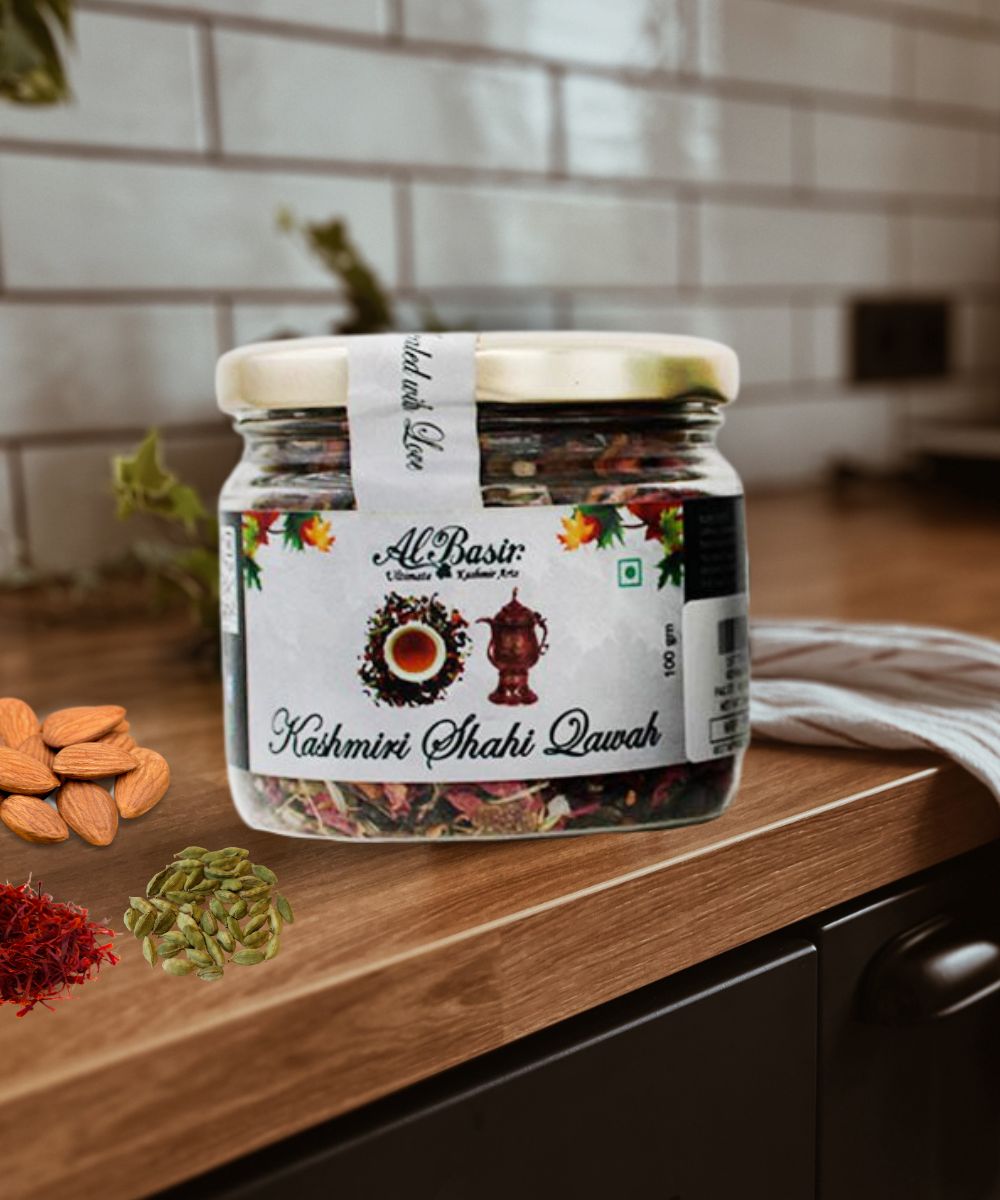
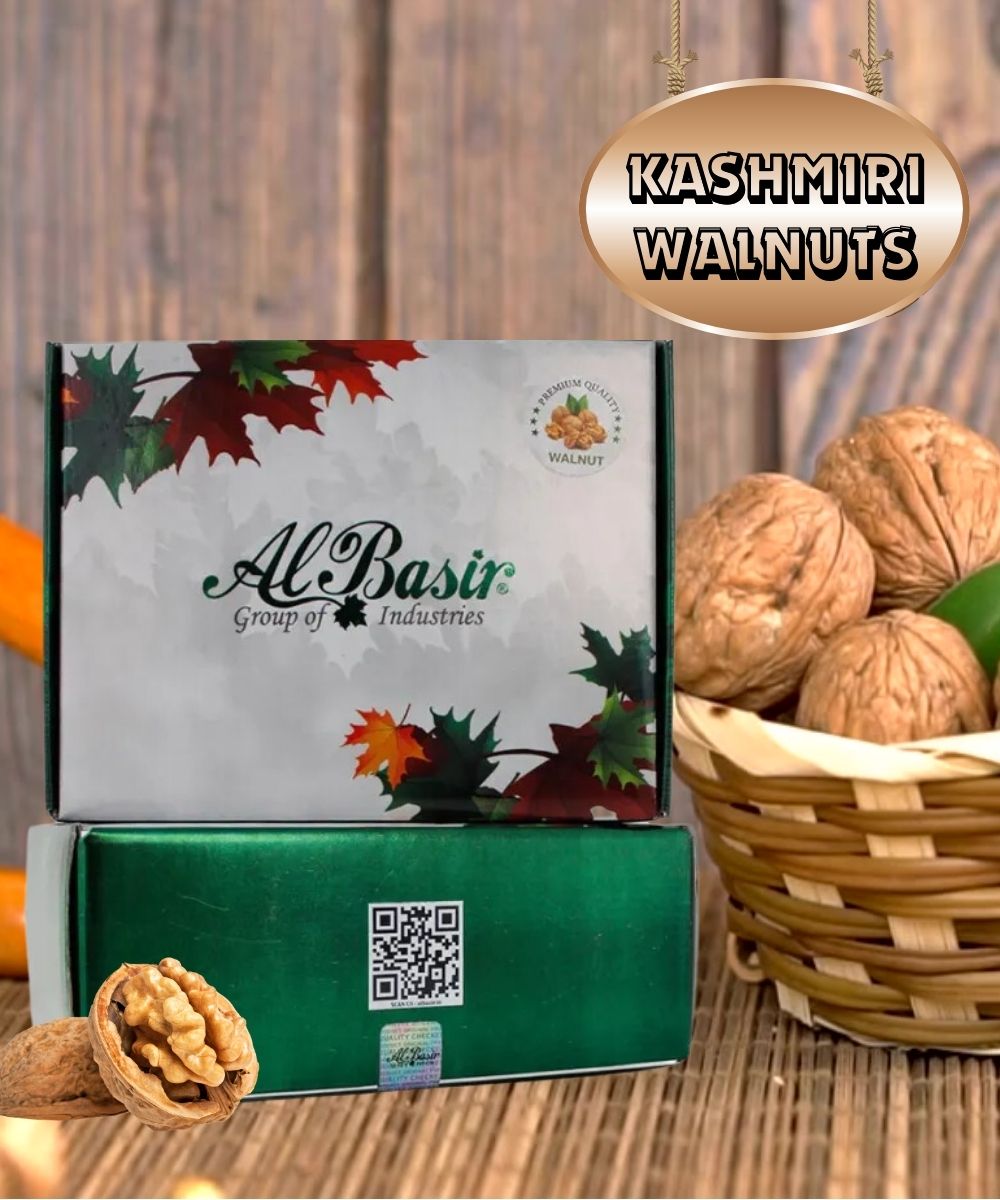
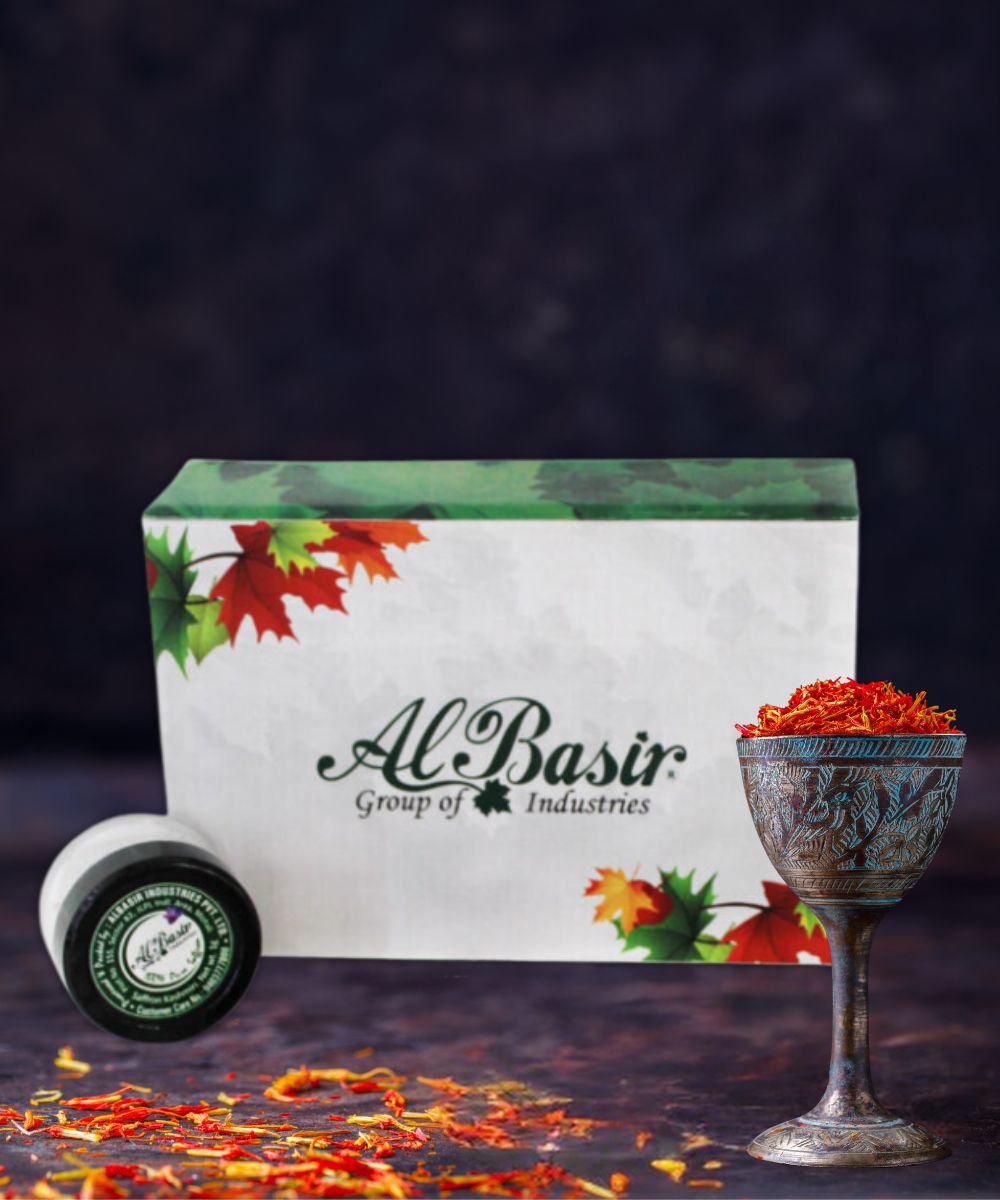
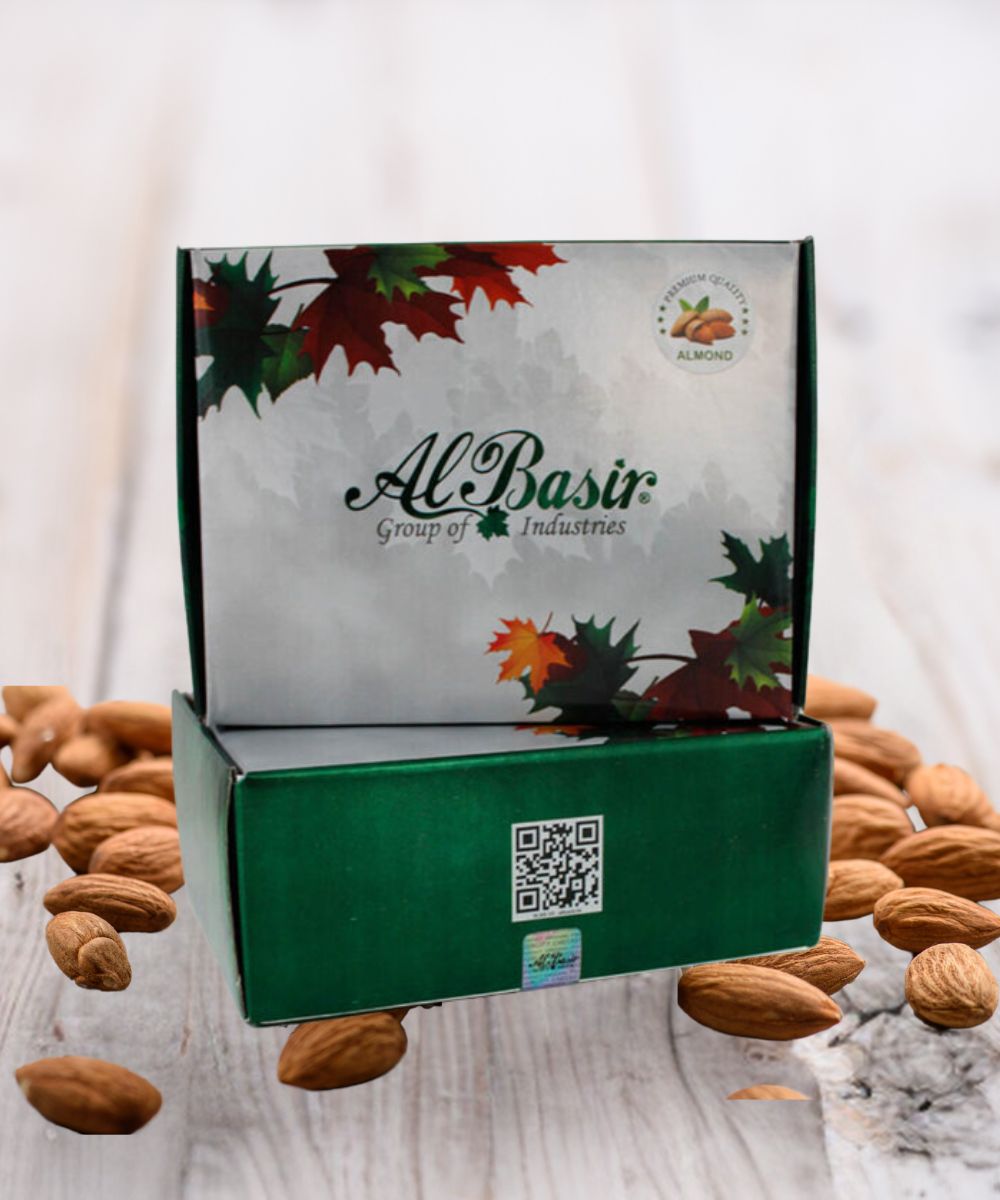
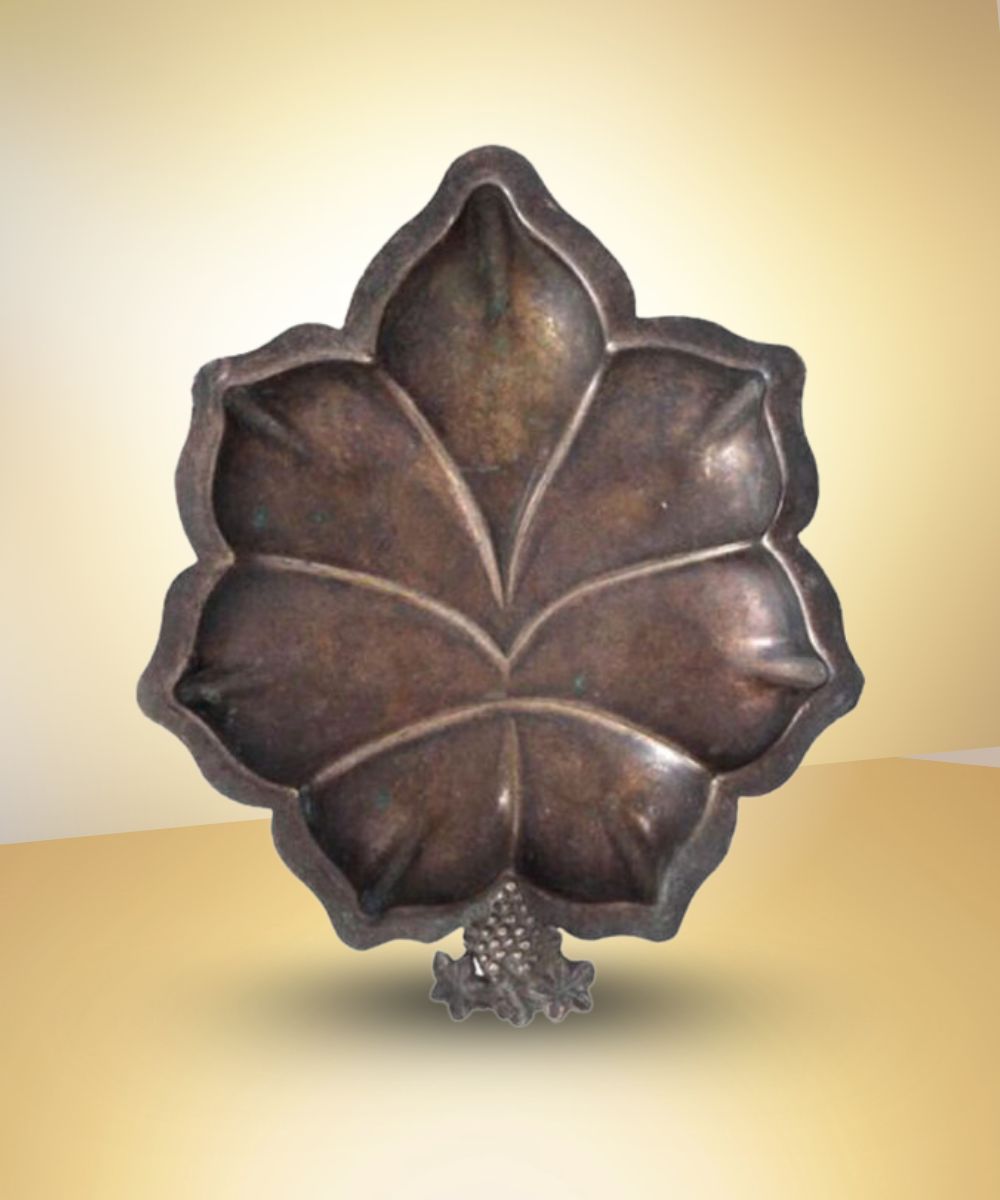
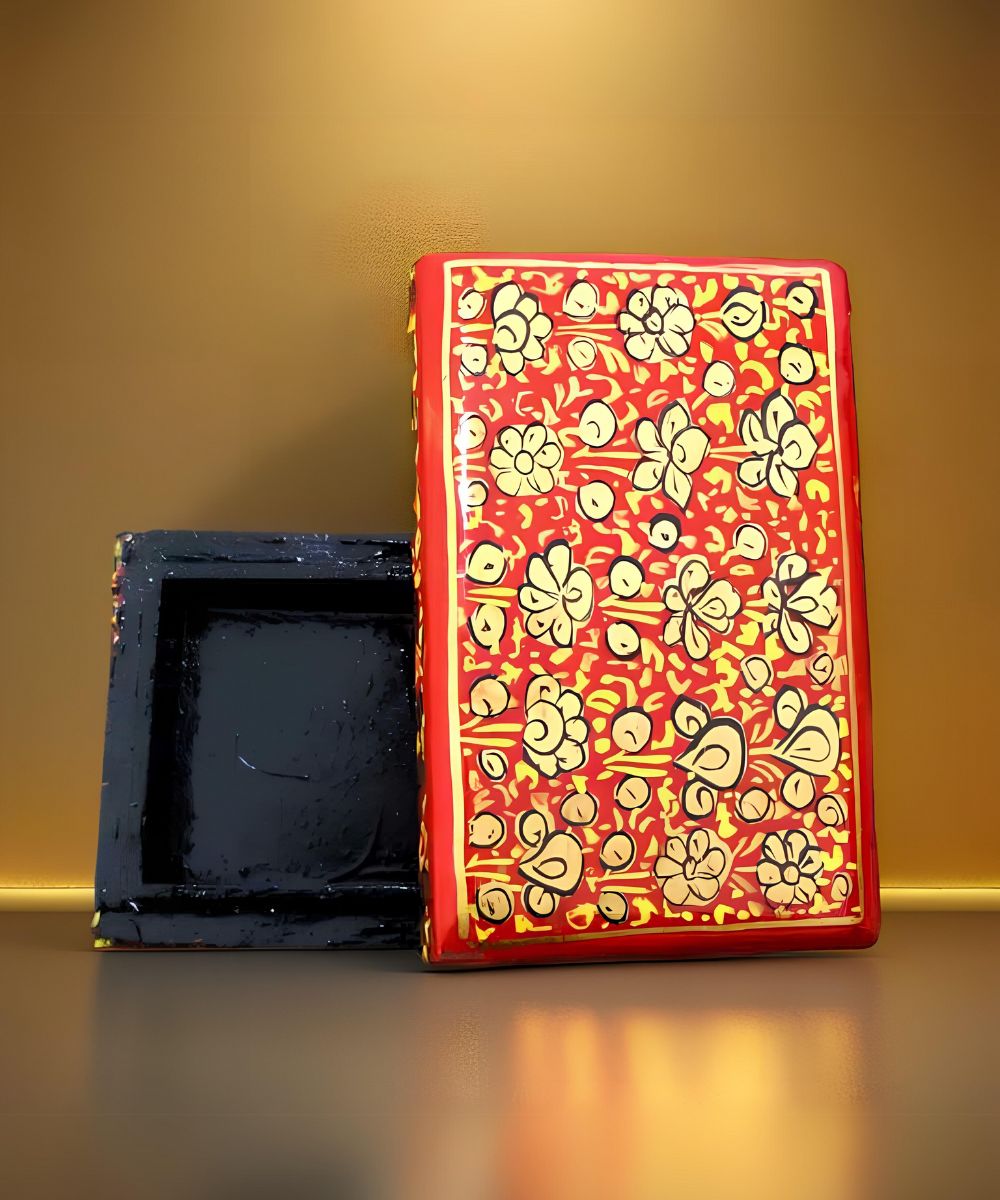
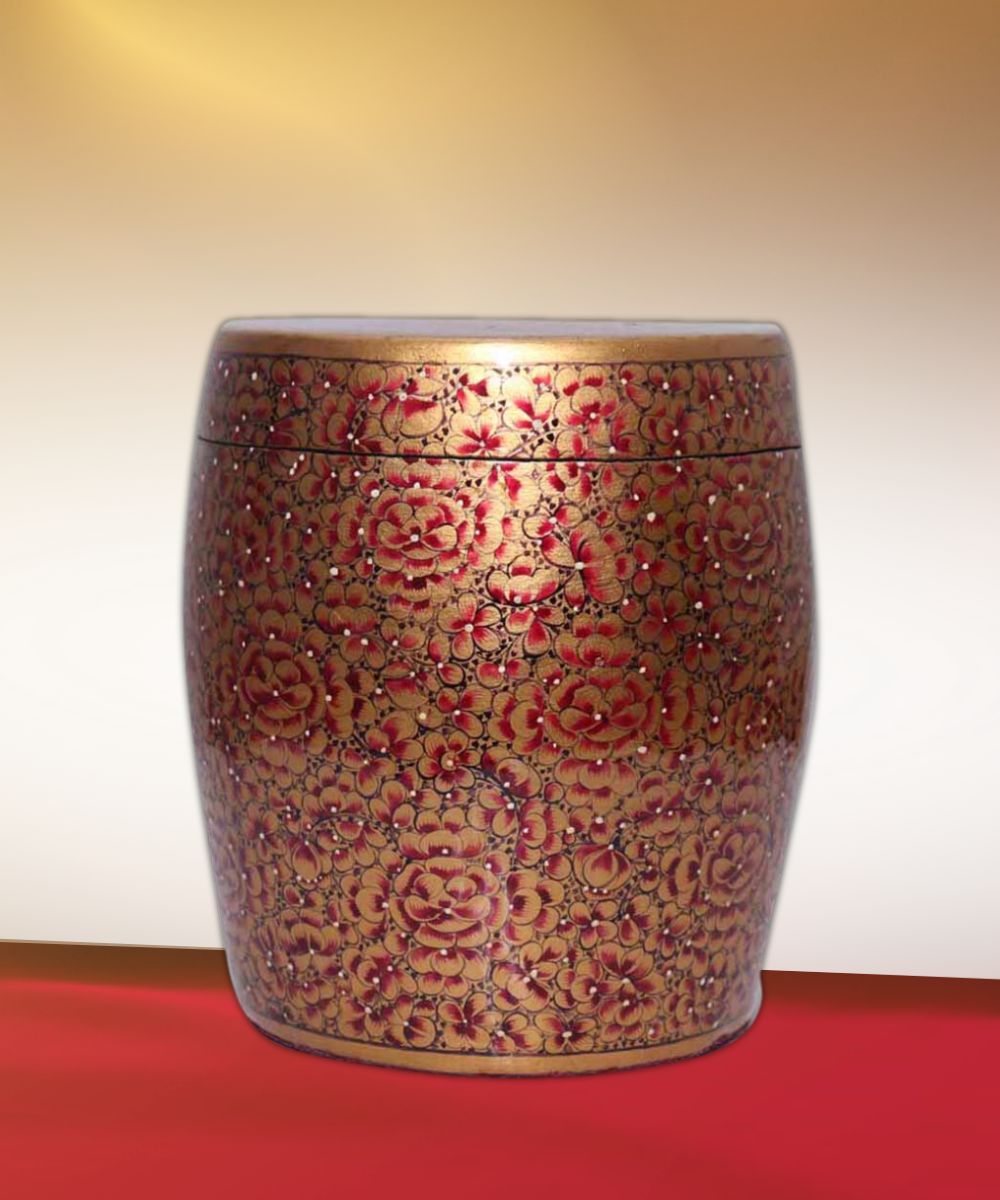
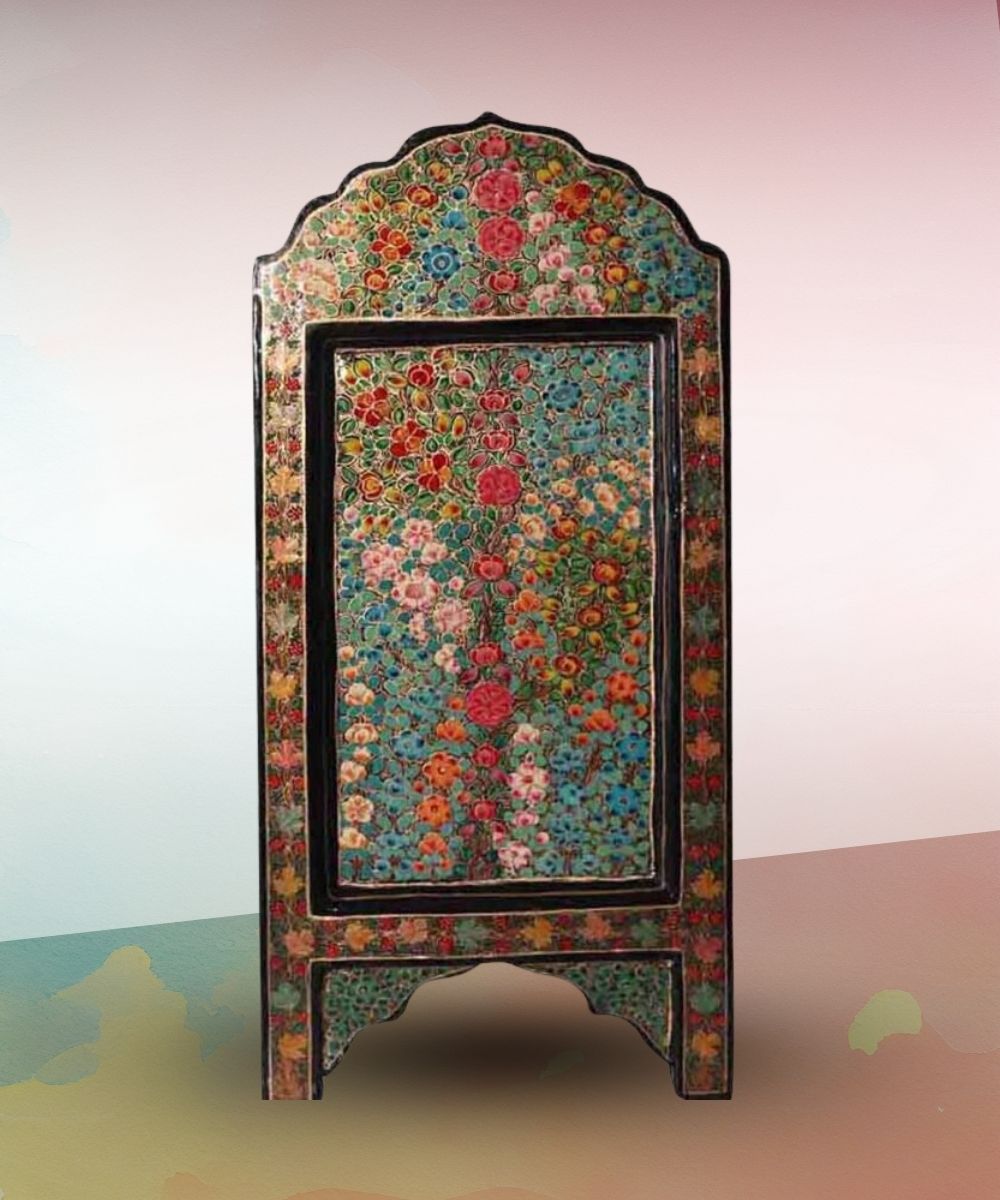


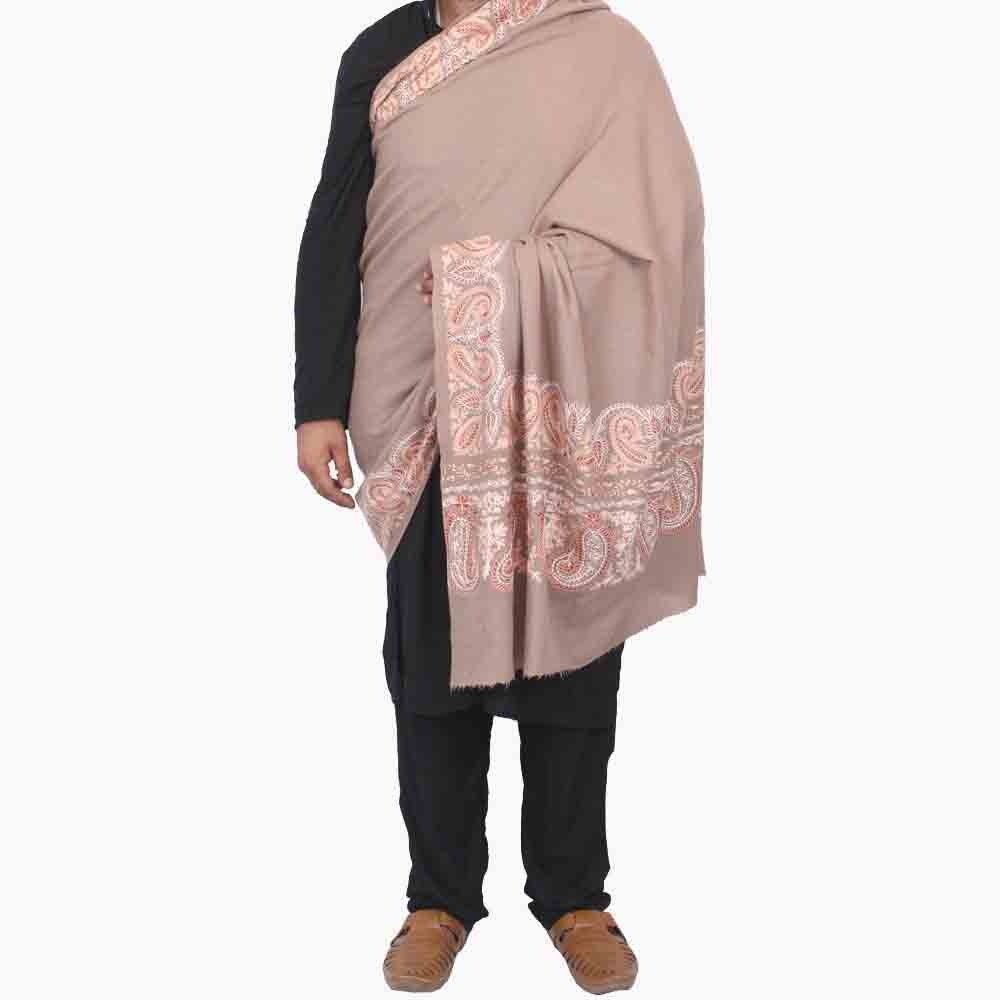







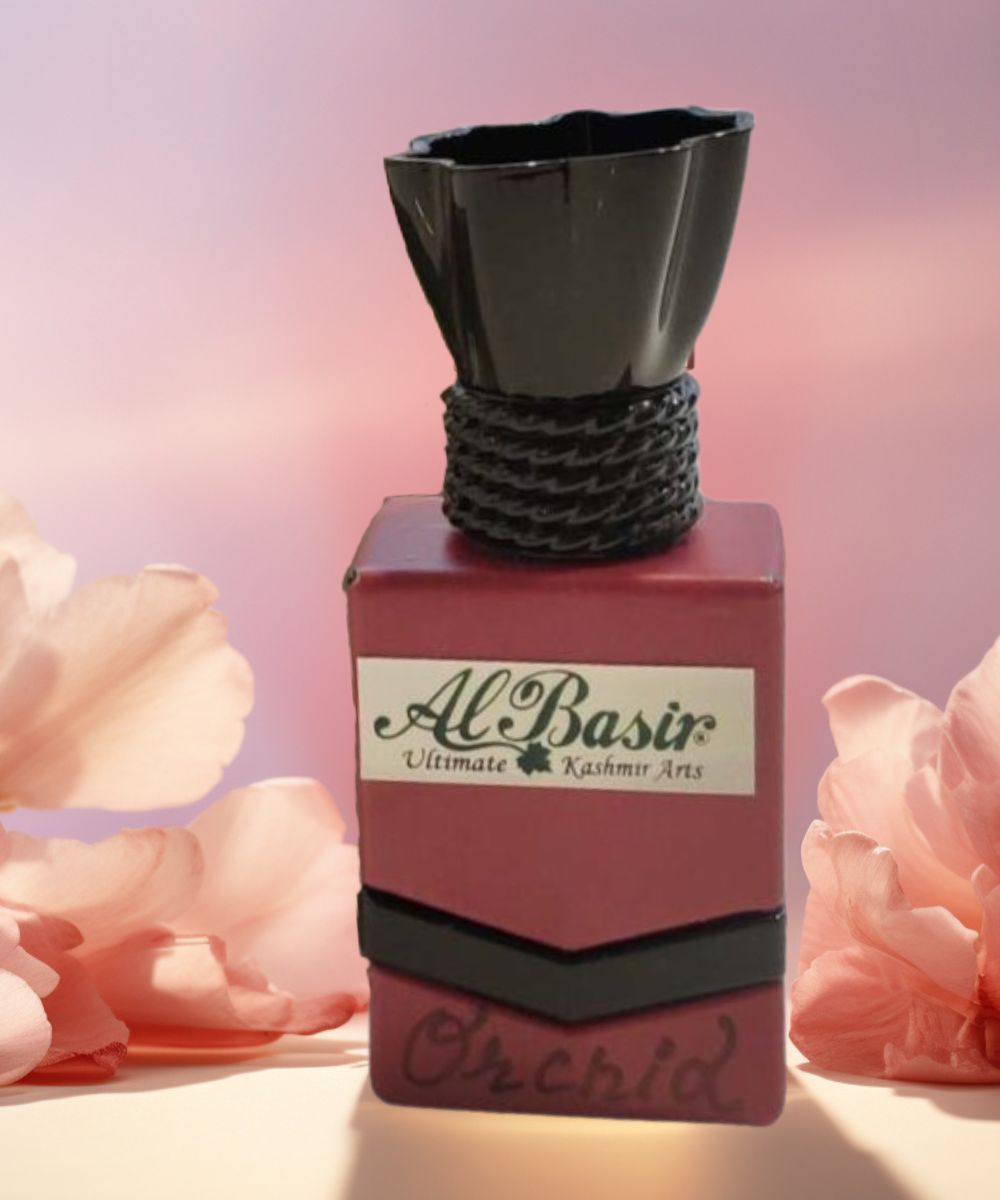
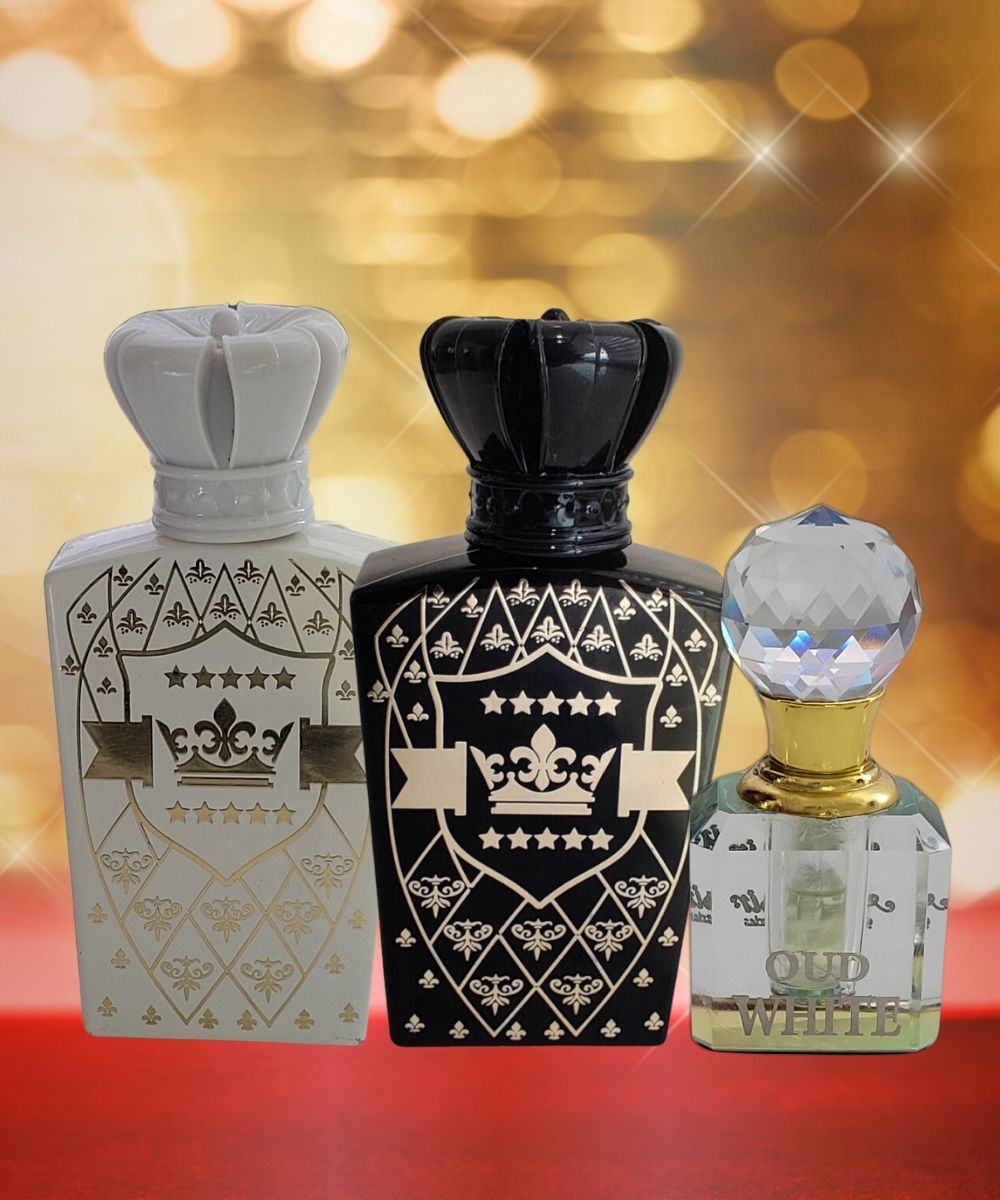
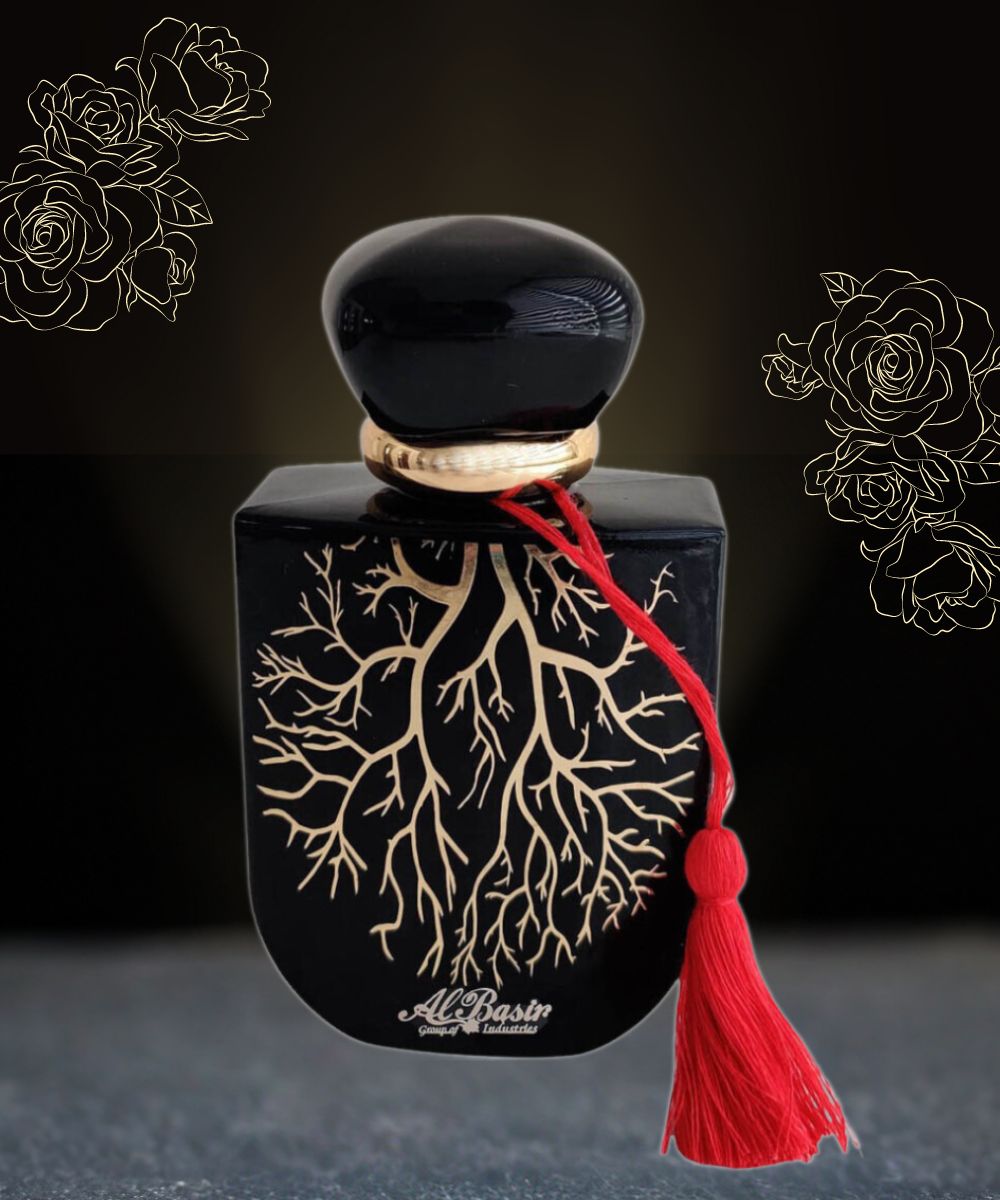

 Women
Women Home & Living
Home & Living
































































